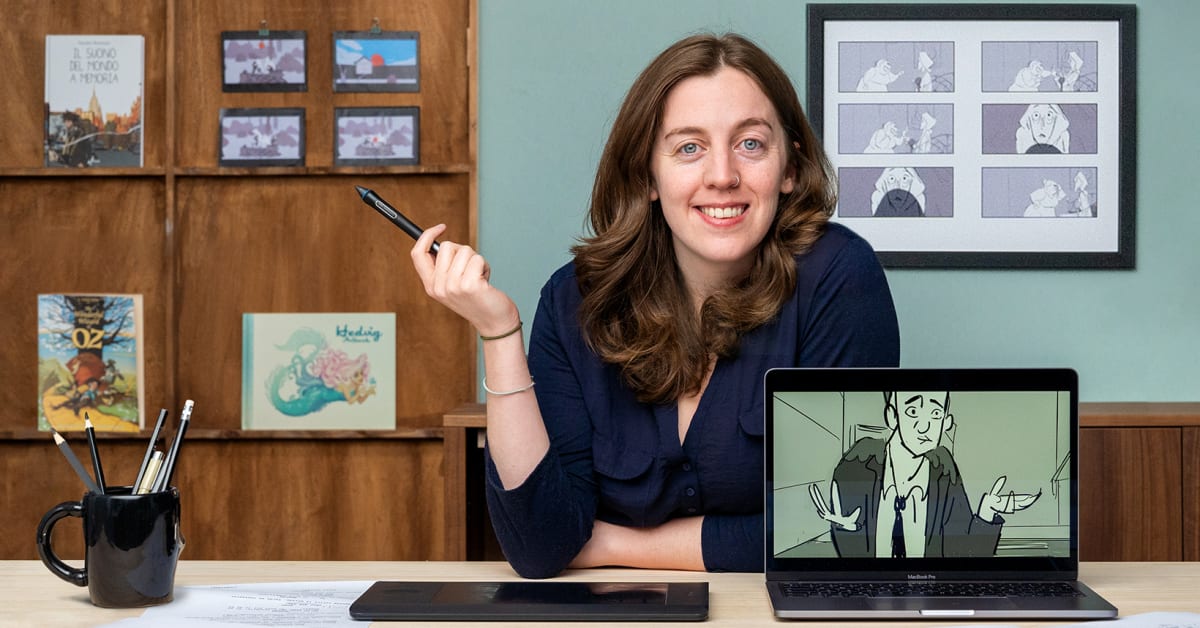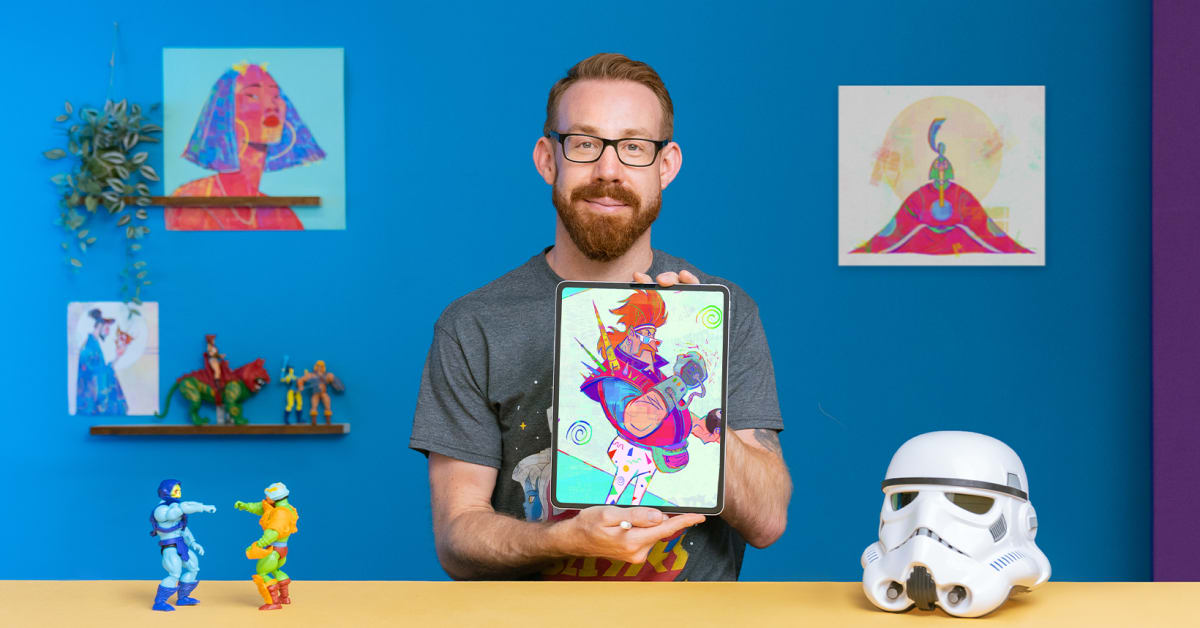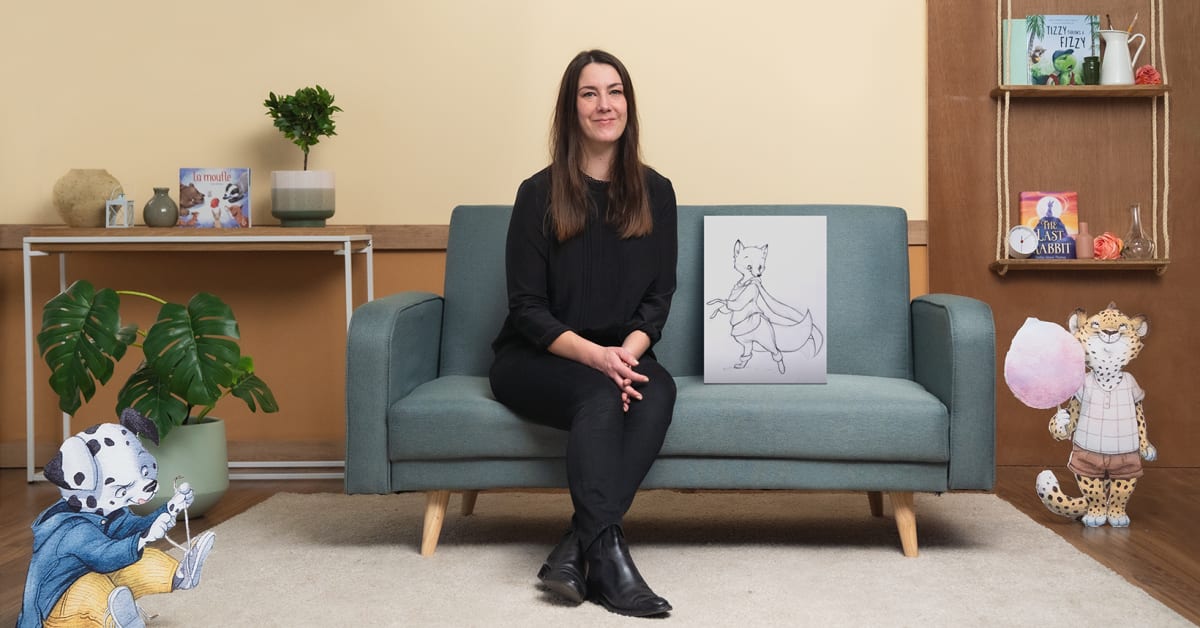Description
In this course, you will learn:
- Learn how to use the rule of thirds in storyboards, how to work with an axis line, and how to study an animated movie clip to see how it was made.
- By applying perspective theory to storyboarding, you may learn how to build depth.
- Use Laura's directions and examples to create your thumbnails and story drawings.
- Assemble your final panels by bringing together all of your preparation and research.
- In the course's last section, you'll learn how to display your work.
- Begin by determining the most effective means of communicating your storyboard to others.
Syllabus:
-
Introduction
-
Introduction
-
Influences
-
What We Will Do in This Course?
-
-
Learning the Language of Cinema
-
Why Do We Need Storyboarding?
-
Types of Shot Sizes and Why We Use Them
-
Framing and Composition
-
-
Rules of Thumb
-
Rule of Thirds
-
Crossing the Axis 180º
-
Looking at Others Do What They Do
-
Perspective
-
How to Represent Camera Movements
-
-
My Process
-
Getting Technical Notes
-
Thumbnails Testing Framing and Composition
-
Story Sketch
-
Final Panels
-
-
How to Present Your Work
-
How to Name Your Scenes and Present Your Work
-
Dealing with Clients
-
Portfolio and Website Tips
-
-
Final Project
-
Introduction to Storyboarding
-









